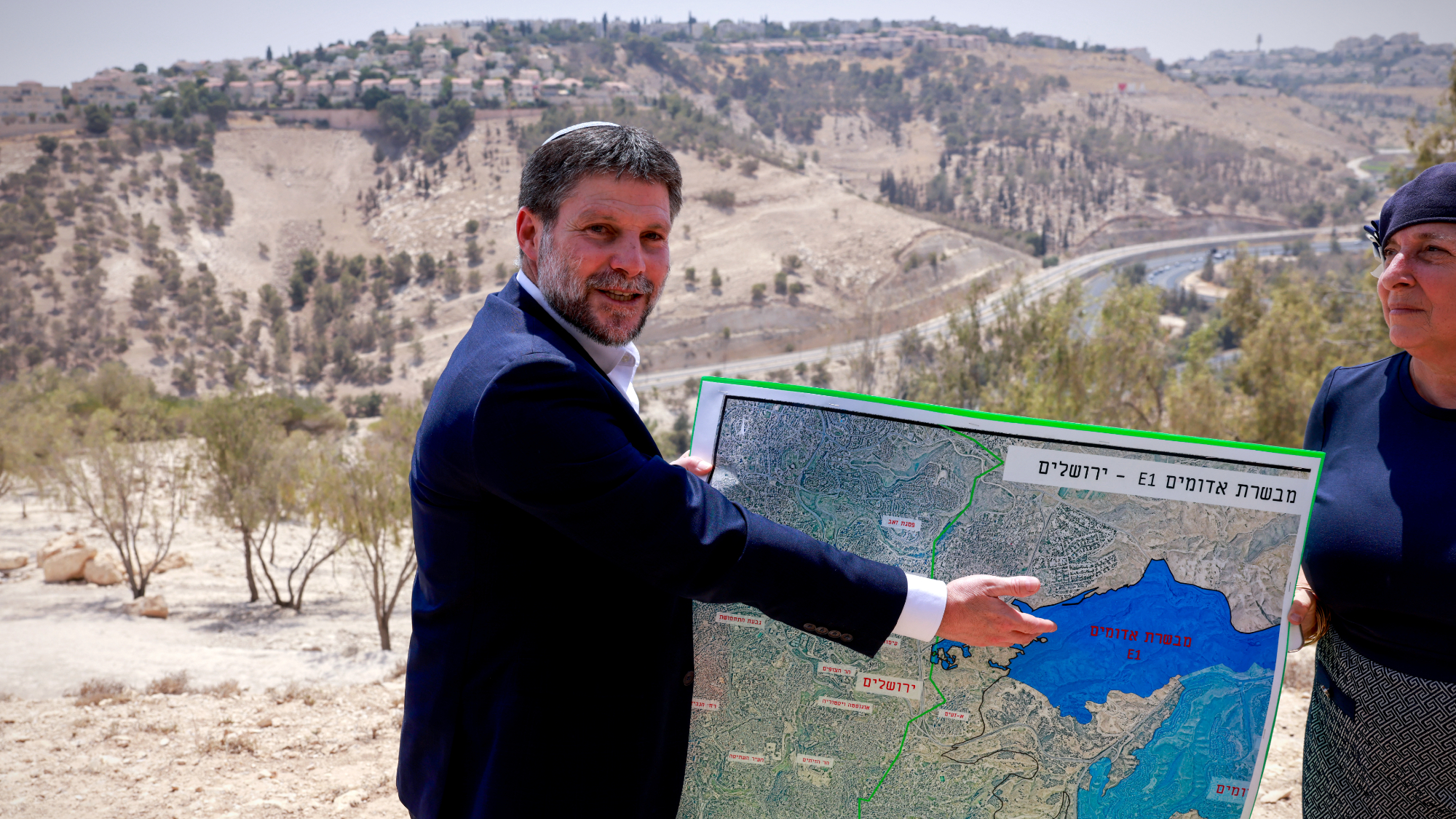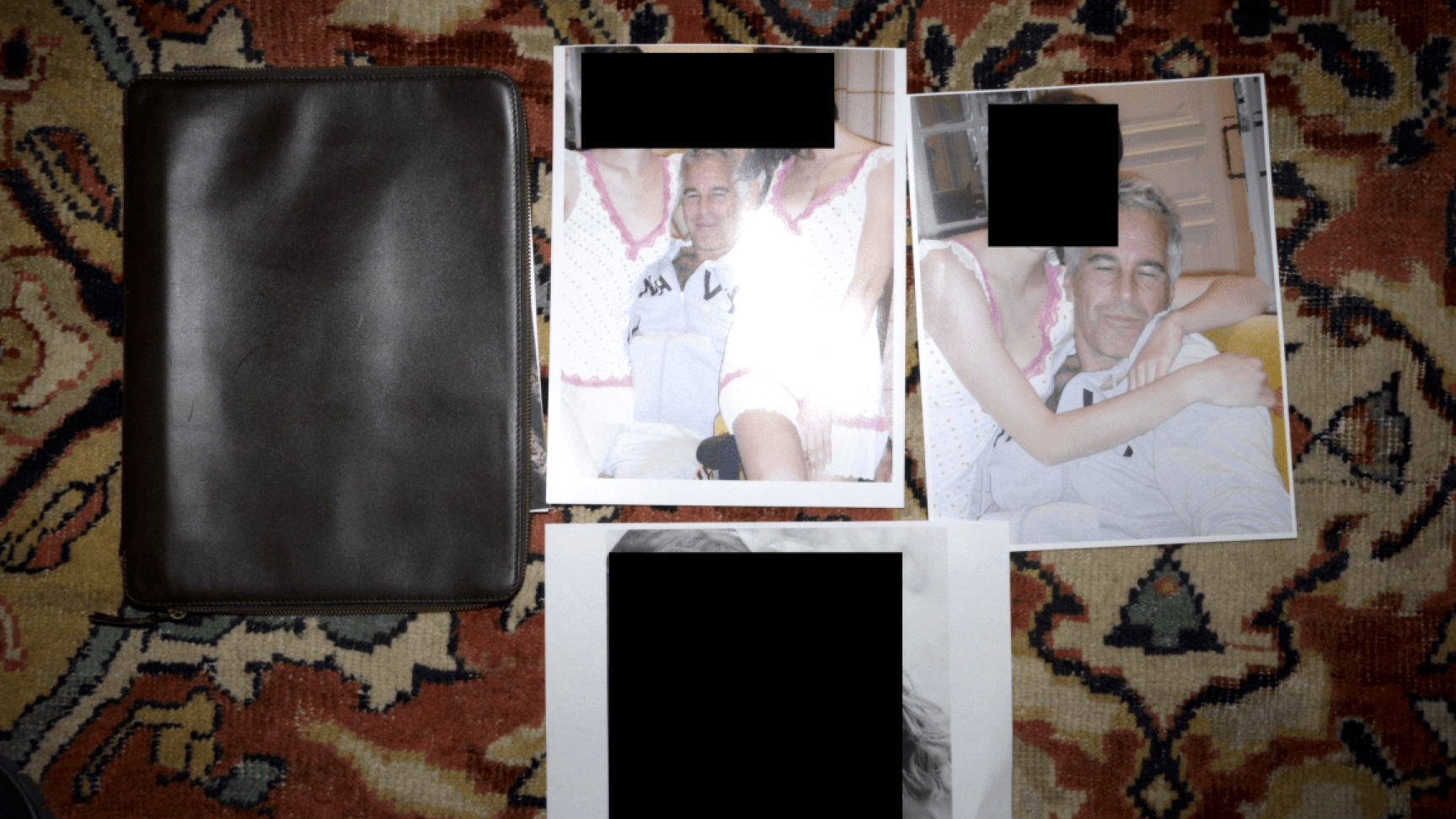Book of the week: Saving Italy: The Race to Rescue a Nation’s Treasures From the Nazis by Robert M. Edsel
Robert M. Edsel's account of the so-called Monuments Men often “reads like a good spy thriller.”
(Norton, $29)
“Imagine an Italy without da Vinci’s Last Supper, the Ponte Vecchio, the Duomo, or the Leaning Tower of Pisa,” said Matthew Price in Newsday. That scenario almost became a reality, and would have, author Robert M. Edsel reports, without a concerted effort by a small group of historians, architects, and artists assigned by the American and British armies to preserve Italy’s cultural treasures during World War II. Edsel, a former Texas oil tycoon who has lived in Florence and now devotes much of his time and money to memorializing the work of the so-called Monuments Men, clearly has passion for his subject. His 450-page book teems with detail and subplots, some of them extraneous.
Often enough, “the book reads like a good spy thriller, with double and triple crosses, frantic chases and hiding places, and a fascinating cast of characters,” said Bill Marvel in The Dallas Morning News. Two scholars from Yale University assume center stage: Fred Hartt took orders from no one as he roamed Italy in a jeep, often arriving at a scene in the immediate wake of a shelling. His colleague, Army Capt. Deane Keller, quickly rounded up a team of engineers and craftsmen to piece together priceless frescoes in Pisa that were damaged by American artillery fire. Generals, foot soldiers, and ordinary citizens all play significant roles, too; Father Guido Anelli, a Catholic priest and resistance fighter who parachuted behind enemy lines, “probably deserves a book and a movie all by himself.” Yet art remains “always in the foreground” in Edsel’s account. Michelangelo’s David survived thanks to a brick cocoon built by local artisans. By contrast, the fresco-filled Abbey of Monte Cassino was obliterated by Allied bombs.
The Week
Escape your echo chamber. Get the facts behind the news, plus analysis from multiple perspectives.

Sign up for The Week's Free Newsletters
From our morning news briefing to a weekly Good News Newsletter, get the best of The Week delivered directly to your inbox.
From our morning news briefing to a weekly Good News Newsletter, get the best of The Week delivered directly to your inbox.
Indeed, the Allies weren’t always heroes in the battle Edsel describes, said Hugh Eakin in The Wall Street Journal. Allied bombings, including a 1943 air assault on Milan that nearly erased da Vinci’s The Last Supper, destroyed numerous cultural treasures. And Edsel doesn’t hesitate to give credit to a few men on the other side, including Gen. Karl Wolff of the S.S. Though the Nazis smuggled many priceless works out of Italy, they also established a very effective art-protection unit of their own. “One of the awkward lessons of Edsel’s revealing history,” in fact, is that defending freedom and defending culture don’t always go hand in hand.
A free daily email with the biggest news stories of the day – and the best features from TheWeek.com
-
 Israel approves new West Bank settlements
Israel approves new West Bank settlementsSpeed Read The ‘Israeli onslaught has all but vanquished a free Palestinian existence in the West Bank’
-
 CBS pulls ‘60 Minutes’ report on Trump deportees
CBS pulls ‘60 Minutes’ report on Trump deporteesSpeed Read An investigation into the deportations of Venezuelan migrants to El Salvador’s notorious prison was scrapped
-
 Trump administration posts sliver of Epstein files
Trump administration posts sliver of Epstein filesSpeed Read Many of the Justice Department documents were heavily redacted, though new photos of both Donald Trump and Bill Clinton emerged
-
Also of interest...in picture books for grown-ups
feature How About Never—Is Never Good for You?; The Undertaking of Lily Chen; Meanwhile, in San Francisco; The Portlandia Activity Book
-
Author of the week: Karen Russell
feature Karen Russell could use a rest.
-
The Double Life of Paul de Man by Evelyn Barish
feature Evelyn Barish “has an amazing tale to tell” about the Belgian-born intellectual who enthralled a generation of students and academic colleagues.
-
Book of the week: Flash Boys: A Wall Street Revolt by Michael Lewis
feature Michael Lewis's description of how high-frequency traders use lightning-fast computers to their advantage is “guaranteed to make blood boil.”
-
Also of interest...in creative rebellion
feature A Man Called Destruction; Rebel Music; American Fun; The Scarlet Sisters
-
Author of the week: Susanna Kaysen
feature For a famous memoirist, Susanna Kaysen is highly ambivalent about sharing details about her life.
-
You Must Remember This: Life and Style in Hollywood’s Golden Age by Robert Wagner
feature Robert Wagner “seems to have known anybody who was anybody in Hollywood.”
-
Book of the week: Astoria: John Jacob Astor and Thomas Jefferson’s Lost Pacific Empire by Peter Stark
feature The tale of Astoria’s rise and fall turns out to be “as exciting as anything in American history.”